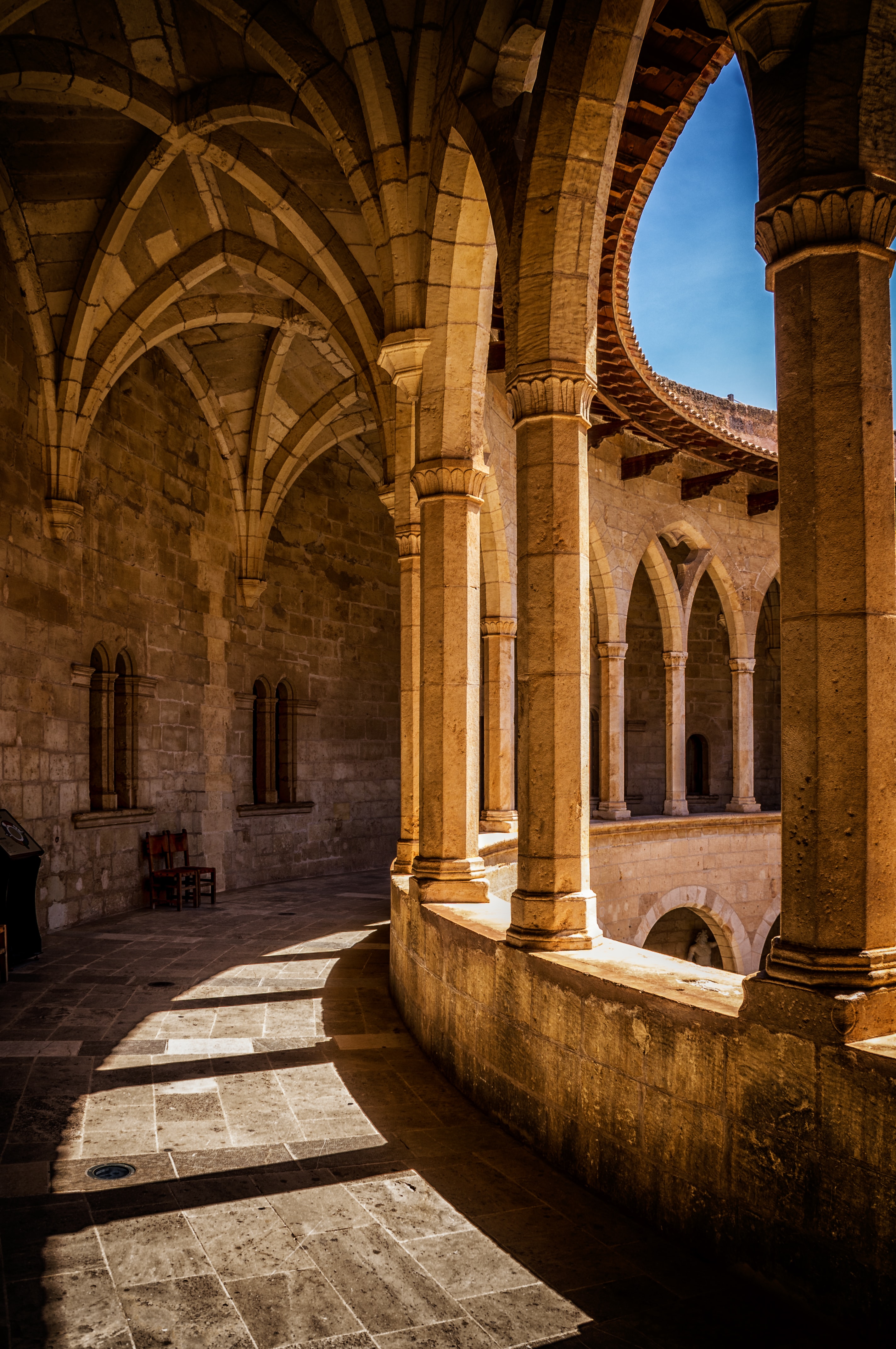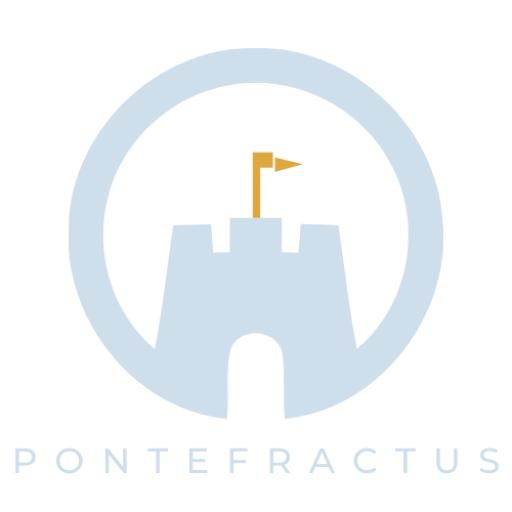Castles in Pontefract

Castle of Pontefract
In the English town of Pontefract, West Yorkshire, there is a castle ruin called Pontefract (or Pomfret) Castle. There is supposed to be where King Richard II passed away. Several well-known sieges took place there during the English Civil War in the seventeenth century. Castles South West England are almost all gorgeous: they have their own stories and unique situations.
History
In or about 1070, built the castle on a rock east of the town, above All Saints' Church. King Henry I took the family's castle in the 12th century after Robert de Lacy failed to help him in his conflict with his brother. For the Honour of Pontefract, Roger de Lacy gave King Richard I 3,000 marks, but the King kept the fortress. In 1199, the year that John came to the throne, his successor King John handed de Lacy the castle. John, Roger's eldest son, succeeded him after his death in 1213. Castle Donington and Pontefract Castle, on the other hand, were taken by the King. Up to the beginning of the 14th century, the de Lacys occupied the fortress. The castle was acquired by the estates of the House of Lancaster by marriage in 1311. Six days after losing at the Battle of Boroughbridge, Thomas, Earl of Lancaster (1278–1322) was sentenced to death.
A stronghold for royalists
On April 19, 1603, King James rode from Grimston Park to see Pontefract Castle and spent the night at the Bear Inn in Doncaster on his route south to London. The castle was a part of his wife's English jointure property. Pontefract Castle was under the possession of royalists at the outset of the English Civil War. The first of three sieges started in December 1644 and lasted until Marmaduke Langdale, 1st Baron Langdale of Holme and his Royalist reinforcements arrived in March 1645, at which point the Parliamentarian army withdrew. Mining and artillery damage from the siege led to the Piper Tower's fall. Soon after the first siege ended, on March 21, 1645, a second siege began. The garrison was forced to surrender in July after learning of Charles I's defeat at the Battle of Naseby. Up until June 1648, when Royalists broke in and gained power, Parliament kept the castle under guard. The Royalists had a significant foothold at Pontefract Castle, and raiding teams terrorized Parliamentarians nearby. In November 1648, Oliver Cromwell oversaw the last siege of Pontefract Castle. After reaching an arrangement with the Pontefract garrison following Charles I's execution in January, Colonel Morrice turned up the castle to Major General John Lambert on March 24, 1649. On March 27, Parliament issued instructions ordering Pontefract Castle to be "completely demolished & levelled to the ground" and selling off the castle's components in response to requests from the locals, the grand jury in York, and Major General Lambert. Dismantling in pieces following the primary organized operation of The castle's 11th-century vaults, which were used to store military supplies during the civil war, are still open for tours.

Preservation
Apart from the curtain wall and the interior walls that have been cleaned up and excavated, not much remains of what "must have been one of the most spectacular castles in Yorkshire." Inner and outer baileys were present. The oldest remnants are pieces of a wall from the 12th century, the postern gate of the Piper Tower, and the ruins of a church. On the mound from the 11th century are the remains of the Round Tower or stronghold. With inner and outer barbicans, the Great Gate was surrounded by semicircular towers built in the fourteenth century. The North Bailey gate is identified by the remnants of a rectangular tower, and chambers carved into the rock in the inner bailey may point to the location of the medieval hall. There are various odd aspects of the castle. The donjon features a unique quadrifoil pattern. The Clifford's Tower in York and the Château d'Étampes in France are two further examples of this sort of Keep. Additionally, Pontefract features, a fortification that is hardly known outside of the Torre Albarrana. In September 2015, the site's manager, Wakefield Council, gave William Anelay Ltd the go-ahead to start repairs on the castle. However, when Anelay entered administration in November 2016, work on the project came to an end. Once Heritage Building & Conservation (North) Ltd. had been hired by the Council, construction on the site got under way in March 2017. After a brand-new tourist center and cafe were inaugurated in July 2017, the council declared in April 2018 that they had ended their agreement with HB&C (North) Ltd because no work had been done since mid-March and they had received no promises that it would resume.
